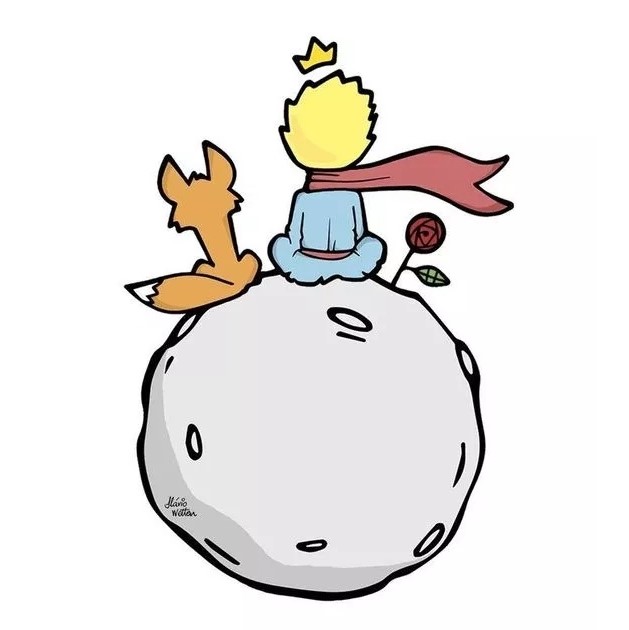This is a brief note of the paper: What am I Gonna Wear?: Scenario-Oriented Recommendation.
- Need: The need of finding desirable products without knowing exactly what they are.
- Problem Formulation: a. how the clothes function and express our character, and b. what the occasions, and people we are to meet, mean to us. Thus, in our system, the input text of the scenario will be processed by a style sensor, a function sensor, and an occasion network.
- Style Sensing: a six-tuple to represent the dimensions of the concept “style”: [luxurious, formal, funky, elegant, trendy, sporty]
- Function Sensing: Unlike style sensing, when finding the function for clothes and occasions, only three relations in ConceptNet are employed, namely, “used for”, “location of”, and “capable of receiving action”.
- EVALUATION: There are 7 subjects in this study, all of which are either graduate or undergraduate students at MIT. There are in all 87 clothing items in 82 types and 21 brands, all of which are assigned with style values, varying from 0 to 10, according to our understanding of how these brands or types are generally considered by the public. All the types are assigned with function values as well. The main part of the study comes in two stages. In each stage, the subject is asked to find clothing items that he would want to wear the most by using either a traditional online catalog or our recommendation system, according to the 5 given scenarios, such as “I am going to the bookstore”, and 2 user-specified ones. Finally, they were asked to fill a 3-page questionnaire.
- Related Work:
- either require users to provide specific descriptions in terms of product attributes
- or require that the correspondence between scenarios and product attributes be explicitly coded.
The approach in the paper differs from all the above techniques in that, thanks to commonsense reasoning, a broad range of scenarios and user goals can be covered without explicitly programming them, and implicit goals can often be recognized.
